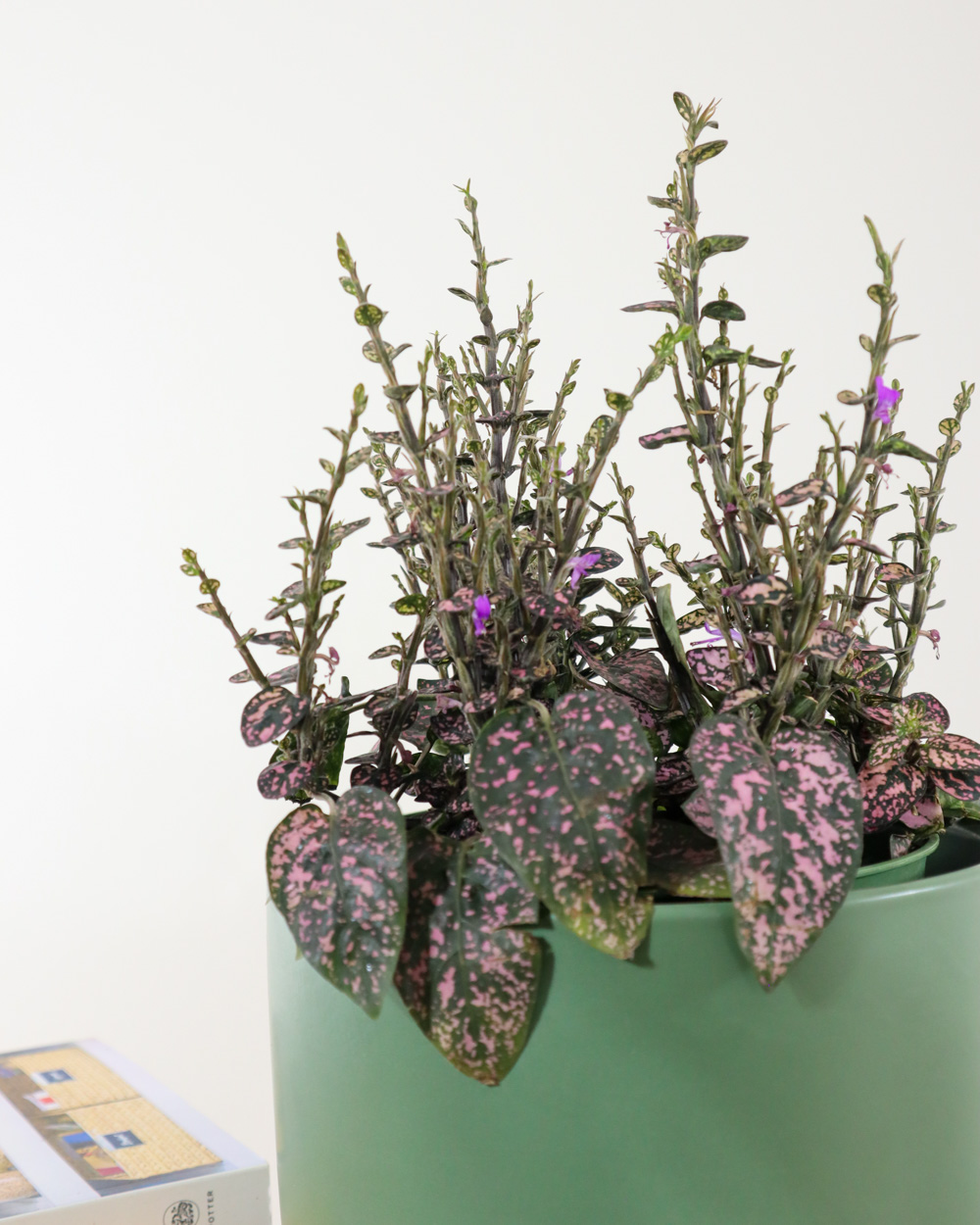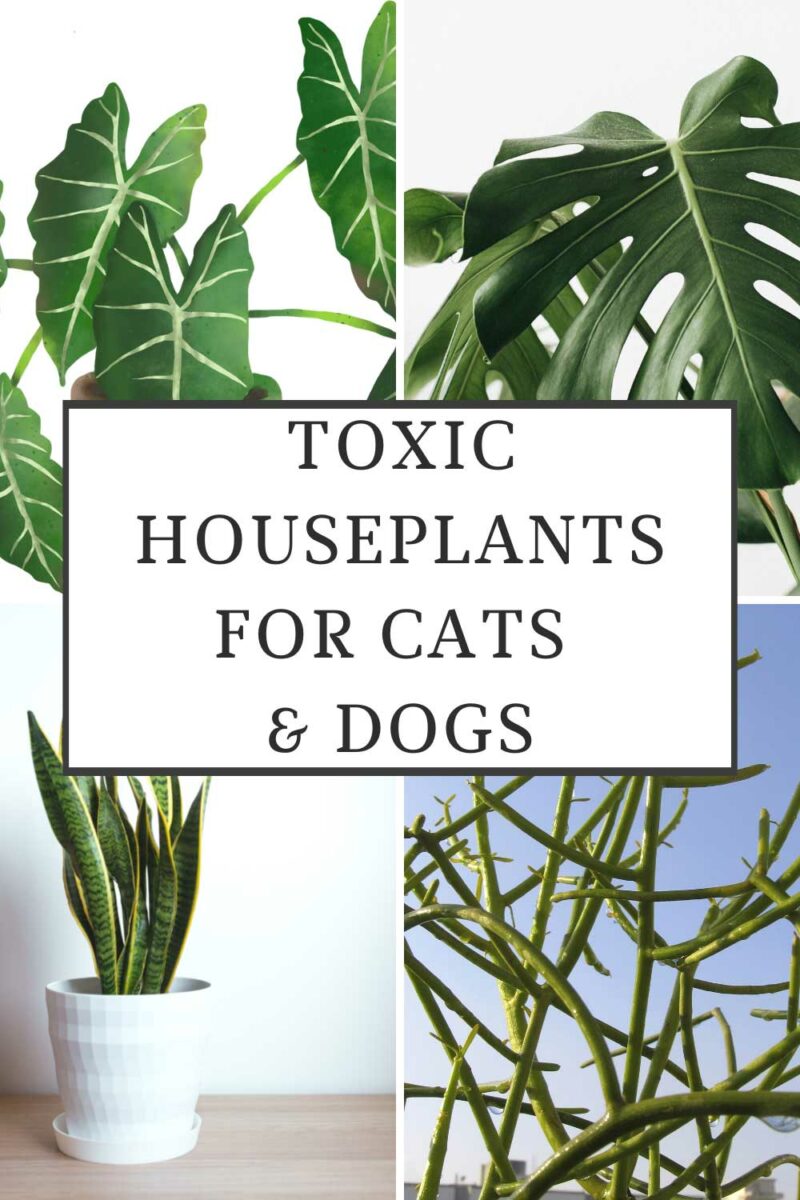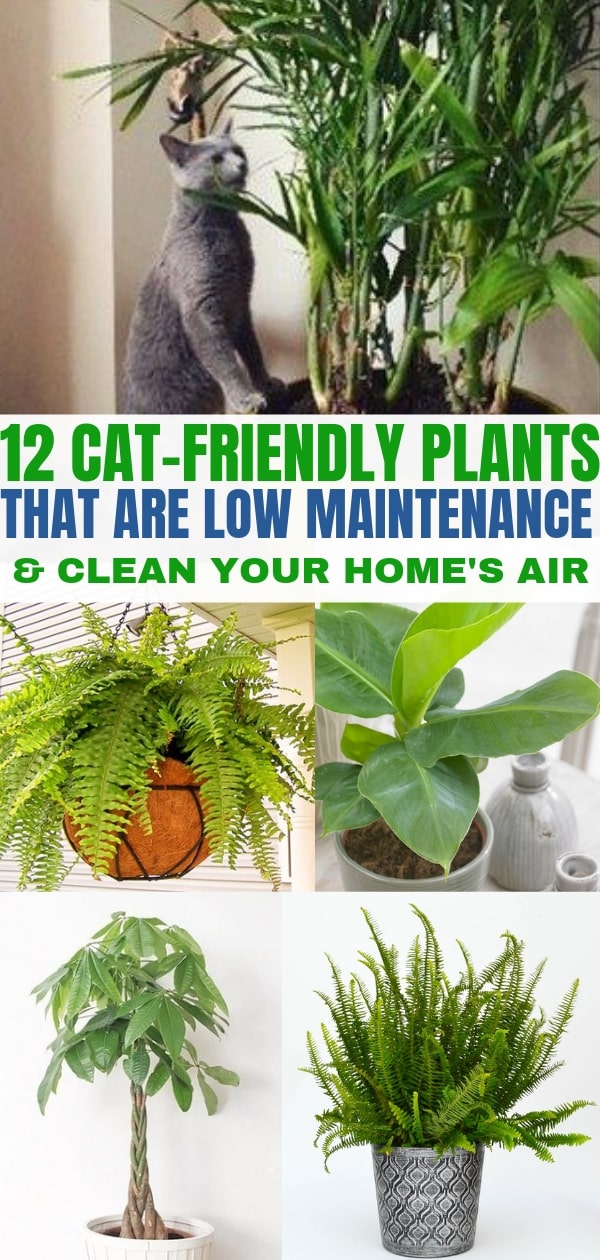Purrfectly Safe: Understanding the Risks of Toxic Houseplants
As a cat owner, it’s essential to create a safe and welcoming environment for your feline friend. One often overlooked aspect of cat safety is the type of houseplants you bring into your home. While plants can purify the air and add aesthetic value to your space, some can be toxic to cats. In fact, many common houseplants, such as lilies and snake plants, contain toxic compounds that can harm your cat if ingested.
According to the American Society for the Prevention of Cruelty to Animals (ASPCA), there are over 700 plants that are toxic to cats. These plants can cause a range of symptoms, from mild vomiting and diarrhea to life-threatening conditions like kidney failure. It’s crucial to be aware of the risks associated with toxic houseplants and take steps to protect your cat.
So, why are houseplants not poisonous to cats so important? For one, cats are naturally curious creatures that love to explore their surroundings. They may rub against plants, nibble on leaves, or even dig in the soil. If your cat ingests a toxic plant, it can lead to serious health problems. By choosing non-toxic houseplants, you can create a safe and healthy environment for your cat to thrive.
In addition to the risks associated with toxic plants, choosing cat-friendly houseplants can also help reduce stress and anxiety in your cat. A safe and welcoming environment can help promote your cat’s overall well-being and strengthen the bond between you and your feline companion.
By understanding the risks of toxic houseplants and taking steps to choose cat-friendly options, you can create a harmonious and safe space for both your cat and your plants. In the next section, we’ll explore how to identify cat-friendly houseplants and provide tips on how to research and select the right plants for your home.
How to Identify Cat-Friendly Houseplants
With so many houseplants on the market, it can be overwhelming to determine which ones are safe for your feline friend. Fortunately, there are several ways to identify cat-friendly houseplants and ensure a harmonious coexistence between your cat and your plants.
One of the most effective ways to identify cat-friendly houseplants is to check the plant’s botanical name. Many plant species have Latin names that can be used to identify their toxicity. For example, the Spider Plant (Chlorophytum comosum) is a popular, non-toxic houseplant that is safe for cats. On the other hand, the Lily (Lilium spp.) is highly toxic to cats and should be avoided.
Another way to identify cat-friendly houseplants is to look for certifications like the ASPCA’s Non-Toxic Plant List. This list is a comprehensive resource that provides information on plants that are safe for cats and other animals. You can also consult with a veterinarian or a plant expert to get advice on which houseplants are safe for your cat.
In addition to checking the plant’s botanical name and certifications, you can also research the plant’s toxicity online. There are many online resources available that provide information on plant toxicity, including the ASPCA’s website and other reputable sources.
When shopping for houseplants, be sure to read the plant label carefully and look for any warnings or cautions about toxicity. Some plant labels may indicate that the plant is toxic to cats or other animals, so be sure to take this into consideration when making your selection.
By taking the time to research and identify cat-friendly houseplants, you can create a safe and welcoming environment for your feline friend. In the next section, we’ll explore some low-maintenance and attractive houseplants that are safe for cats, including Spider Plants, Parlor Palms, and Peperomia.
Low-Maintenance and Lovely: Top Cat-Friendly Houseplants
If you’re looking for houseplants that are safe for your cat and easy to care for, you’re in luck. There are many low-maintenance and attractive options that can add a touch of greenery to your home without putting your feline friend at risk. Here are some top cat-friendly houseplants that are perfect for busy pet owners.
Spider Plants (Chlorophytum comosum) are a popular choice for cat owners. These plants are easy to care for and have beautiful, delicate white flowers. They’re also great air purifiers, making them a healthy addition to your home. Spider Plants are non-toxic to cats and can be grown in a variety of lighting conditions.
Parlor Palms (Chamaedorea elegans) are another low-maintenance option that’s safe for cats. These plants have beautiful, slender leaves and can grow up to 6 feet tall. They prefer bright, indirect light and consistent watering. Parlor Palms are also known to help purify the air and add a touch of tropical elegance to your home.
Peperomia (Peperomia obtusifolia) is a small, compact plant that’s perfect for small spaces. These plants have beautiful, heart-shaped leaves and come in a variety of colors. They prefer high humidity and low light, making them a great choice for rooms with limited natural light. Peperomia is non-toxic to cats and can be grown in a variety of soil types.
These cat-friendly houseplants are not only safe for your feline friend, but they’re also easy to care for and add a touch of beauty to your home. By choosing low-maintenance and attractive houseplants, you can create a welcoming and safe environment for both your cat and your plants.
In the next section, we’ll explore more cat-friendly houseplants, including Prayer Plants and Polka Dot Plants, that are easy to care for and add visual interest to any room.
Prayer Plants and Polka Dot Plants: More Feline-Friendly Options
In addition to Spider Plants, Parlor Palms, and Peperomia, there are many other cat-friendly houseplants that can add visual interest and beauty to your home. Two such plants are Prayer Plants and Polka Dot Plants, which are both easy to care for and non-toxic to cats.
Prayer Plants (Maranta leuconeura) are known for their beautiful, unique foliage and vibrant colors. These plants have leaves that fold up at night, resembling praying hands, and are relatively small, making them perfect for small spaces. Prayer Plants prefer bright, indirect light and consistent watering, making them a great choice for rooms with limited natural light.
Polka Dot Plants (Hypoestes phyllostachya) are another popular cat-friendly houseplant that can add a touch of whimsy to your home. These plants have beautiful, spotted leaves and come in a variety of colors, including pink, white, and red. Polka Dot Plants prefer bright, indirect light and consistent watering, making them a great choice for rooms with limited natural light.
Both Prayer Plants and Polka Dot Plants are relatively low-maintenance and can thrive in a variety of conditions, making them perfect for busy pet owners. They’re also great air purifiers, making them a healthy addition to your home.
When choosing houseplants, it’s essential to remember that even non-toxic plants can cause gastrointestinal upset if ingested. Keep an eye on your cat’s behavior around plants, and make sure to trim or remove any dead or dying leaves to prevent temptation.
In the next section, we’ll explore how to create a cat-friendly indoor space by choosing the right plants, using cat-safe planters and soil, and avoiding toxic fertilizers and pesticides.
Creating a Cat-Friendly Indoor Oasis
Creating a cat-friendly indoor space is not just about choosing the right houseplants, but also about creating a safe and welcoming environment for your feline friend. By following a few simple tips, you can create a cat-friendly indoor oasis that is both beautiful and safe for your cat.
First, choose cat-safe planters and soil. Many planters and soils contain toxic materials that can harm your cat if ingested. Look for planters and soils that are specifically labeled as “cat-safe” or “non-toxic.” You can also use natural materials like terracotta pots and organic soil to create a safe and healthy environment for your cat.
Next, avoid using toxic fertilizers and pesticides. Many fertilizers and pesticides contain toxic chemicals that can harm your cat if ingested. Instead, use natural and organic alternatives like compost and neem oil to keep your plants healthy and thriving.
Finally, consider the layout of your indoor space. Cats like to climb and scratch, so make sure to provide plenty of cat-friendly surfaces like scratching posts and climbing structures. You can also use cat-friendly materials like sisal rope and carpet to create a safe and comfortable environment for your cat.
By following these simple tips, you can create a cat-friendly indoor oasis that is both beautiful and safe for your cat. Remember to always prioritize your cat’s safety and well-being when choosing houseplants and creating your indoor space.
In the next section, we’ll explore what to do if your cat accidentally ingests a toxic plant, including symptoms to watch for, first aid measures, and when to seek veterinary attention.
What to Do If Your Cat Ingests a Toxic Plant
If your cat accidentally ingests a toxic plant, it’s essential to act quickly and seek veterinary attention. The symptoms of plant toxicity in cats can vary depending on the type of plant and the amount ingested, but common signs include vomiting, diarrhea, lethargy, and difficulty breathing.
If you suspect your cat has ingested a toxic plant, the first step is to remove any remaining plant material from your cat’s mouth and paws. Then, contact your veterinarian or a pet poison hotline, such as the ASPCA’s Animal Poison Control Center (APCC), for guidance on what to do next.
Depending on the severity of the symptoms, your veterinarian may recommend inducing vomiting, administering activated charcoal, or providing supportive care, such as fluids and monitoring.
It’s also essential to identify the plant that your cat ingested, as this information can help your veterinarian determine the best course of treatment. If you’re unsure what type of plant your cat ingested, bring a sample of the plant to your veterinarian or take a photo of the plant to share with them.
Remember, prevention is the best medicine when it comes to keeping your cat safe from toxic plants. By choosing cat-friendly houseplants and taking steps to prevent your cat from accessing toxic plants, you can help create a safe and welcoming indoor space for both your cat and your plants.
In the next section, we’ll explore tips on how to keep your cat away from toxic plants, including placing plants out of reach, using deterrents like citrus sprays, and providing cat-friendly alternatives like catnip and scratching posts.
Keeping Your Cat Away from Toxic Plants
While choosing cat-friendly houseplants is essential, it’s also important to take steps to keep your cat away from toxic plants. Here are some tips to help you keep your cat safe:
Place plants out of reach: Cats are naturally curious, and they love to explore their surroundings. To prevent your cat from accessing toxic plants, place them out of reach on high shelves or in hanging baskets.
Use deterrents: Citrus sprays, sticky tape, and aluminum foil can be used to deter cats from approaching toxic plants. You can also try using a spray deterrent specifically designed for cats.
Provide cat-friendly alternatives: Cats love to scratch and chew, so provide them with cat-friendly alternatives like catnip, scratching posts, and toys. This will help distract them from toxic plants and keep them occupied.
Keep an eye on your cat: If you notice your cat showing interest in a toxic plant, intervene immediately. Remove the plant from your cat’s reach and provide a safe alternative.
Consider a cat-proof planter: If you have a cat that loves to dig and chew, consider using a cat-proof planter. These planters are designed to prevent cats from accessing the soil and plants.
By following these tips, you can help keep your cat safe from toxic plants and create a harmonious and welcoming indoor space for both your cat and your plants.
In the next section, we’ll summarize the importance of choosing cat-friendly houseplants and provide encouragement to cat owners to create a safe and welcoming indoor space for both their feline friends and their plants.
Conclusion: Bringing Harmony to Your Home with Cat-Friendly Houseplants
Choosing cat-friendly houseplants is a crucial step in creating a safe and welcoming indoor space for both your feline friends and your plants. By selecting plants that are non-toxic to cats, you can help prevent accidents and ensure a harmonious coexistence between your cat and your plants.
Remember, houseplants not poisonous to cats are not only safe for your feline friends, but they also provide numerous benefits for your home and your health. They can help purify the air, reduce stress, and add a touch of natural beauty to your space.
By following the tips and guidelines outlined in this article, you can create a cat-friendly indoor oasis that is both beautiful and safe for your feline friends. So, go ahead and bring some greenery into your home, and enjoy the many benefits that cat-friendly houseplants have to offer.
With a little knowledge and planning, you can create a harmonious and welcoming indoor space that is perfect for both your cat and your plants. Happy planting!


/houseplants-toxic-to-cats-4775359-hero-e5bbecc778974e649da2d52c2f924700.jpg)




